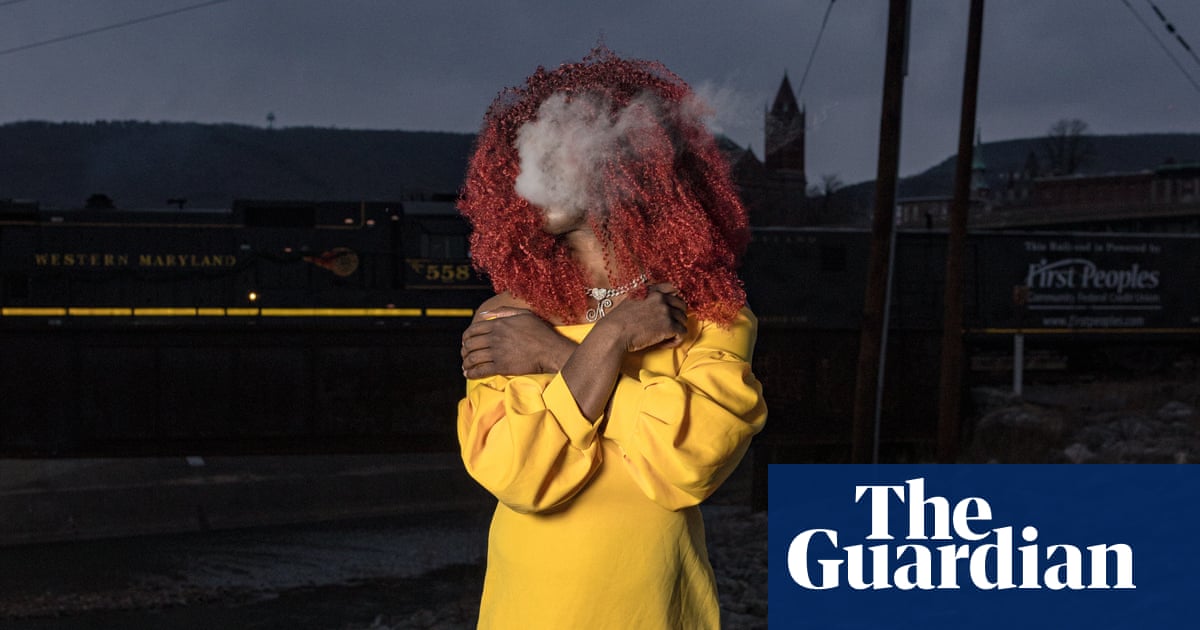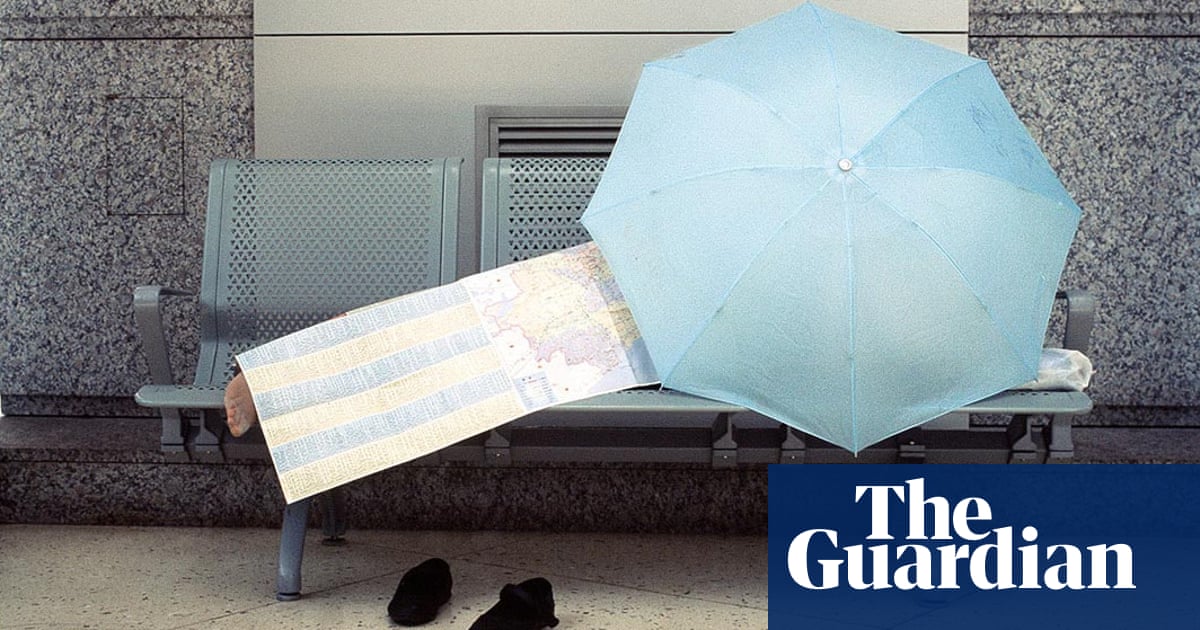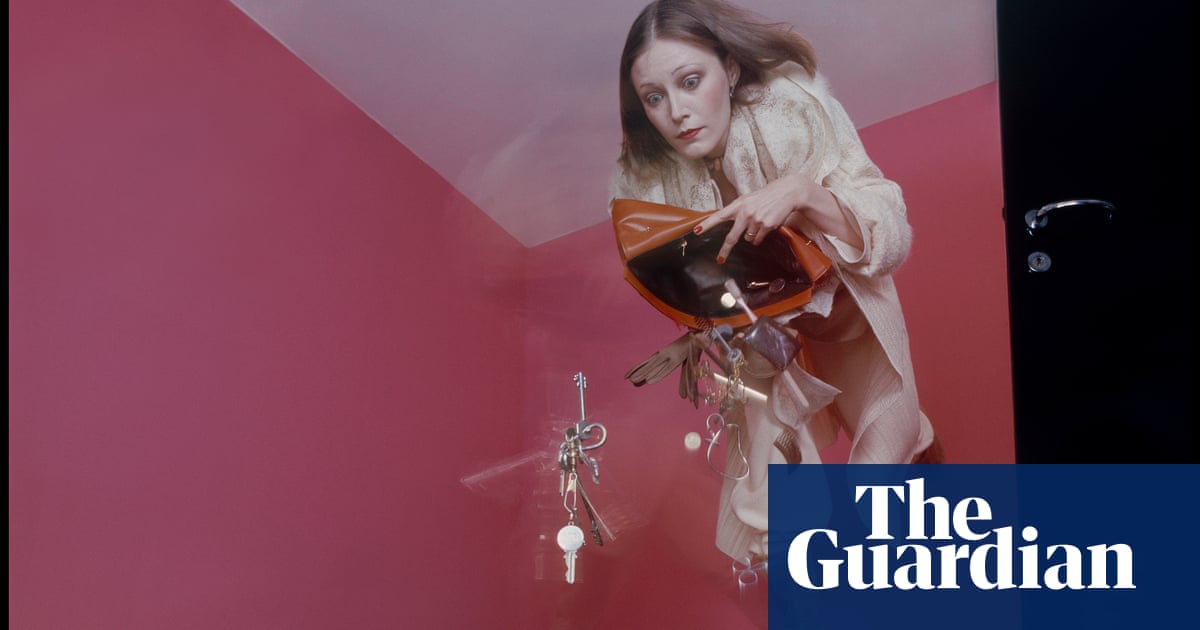
Istarted working on a series called Girls Gotta Eat in 2016. It was born out of anguish. A perfect storm had been brewing. My eldest child was getting ready to go to college and Trump was in office, beginning to wreak havoc on the US, particularly the minds of self-possessed, authority-questioning women. The #MeToo movement had gone viral and then a relative, an evangelical Christian, wrote on my Facebook wall: “Donald Trump and Harvey Weinstein are just two poor guys who have been maligned by the media, and the truth about their good character will be revealed.”
I was quaking with rage. How could this woman, so close to me in age and also the mother of two daughters, say something so blindly naive, something that she was so sure was correct? I tried to appeal but she was unreachable and uninterested. I realised I needed to turn my distress into something positive that might help me reach this woman and people like her.
Not long after, I was in a grocery store – my happy place – when I saw a couple who had really interesting and very different body types. They were being private in public, having a discussion about the cold cuts they each wanted for the week. One of them had eyebrows painted high on her forehead and four-inch long white fingernails. A clear thought came into my head: “Of course drag queens are in a grocery store – a girl’s gotta eat!” I asked if I could take their picture and they posed on the spot. It turned out they were not a couple, but friends who were legendary local drag performers here in Austin, Texas.
After I left, I kept wondering about the other things that might be in their grocery carts. I love connecting over food and self-care and I wanted to honour their humanness in a way that might be interesting to people like my conservative relative. So I began photographing drag performers grocery shopping and displaying each artist’s grocery list alongside their picture in the hope that people could begin to relate.
In my photographs, the drag performer is beautiful, dressed in a flamboyant way, yet is always doing something ordinary like reading the ingredients or weighing bananas. And it turns out a drag performer’s grocery list looks a lot like everyone else’s – scrawled on the back of an envelope or a sticky note with things like chicken breasts, baby spinach and Coke.
One of the things I didn’t anticipate when I started doing these shoots is how anxiety-inducing it can be to go out in public in drag. Most performers live outside the heteronormative binary, often identifying as gender fluid, trans or queer in some other way, and have experienced bullying, physical harm or even rejection from their families. In Texas in the last year, they have been the target of over 140 anti-drag or anti-trans bills. For many, just living their daily lives is a psychological drain, always being reminded they are different.
When I met Monica Monáe Davenport, who is in this picture, she was training to be a hair stylist by day and competing in drag competitions at night. The day we went to the grocery store was one of the first times she had been in drag outside during the day. We chose her closest store, which had wide aisles perfect for shooting and affordable prices so Monica could buy the groceries during her session.
Through this project I have discovered a whole new world in the town I have been living in for more than 20 years. My degree is in theatre, so in some ways it felt like a homecoming. I started photographing events in the drag community regularly and the performers collectively expressed gratitude for my work saying they felt “seen as people” and “many of us don’t have moms that see us the way you do”.
This project has changed my life. By redirecting my fury into curiosity, life outside heteronormative thinking has been revealed and I am proud to be encouraging acceptance. Action alleviates anguish. Groceries are groceries. Love is love. Other is us.
Sarah Bork’s CV
Born: 1965, Syosset, New York.
Trained: Theatre/psychology degree, Connecticut College, New London, CT.
Influences: Independent films of the 60s, 70s, 80s and 90s. Carol Burnett, Broadway Musicals, Annie Leibovitz, Elliott Erwitt, Helen Levitt and Cartier-Bresson.
High point: “Raising two wonderful women to be thoughtful, sensitive, strong-minded contributing adults.”
Low point: “As a wedding photographer I tripped over a shrub near the altar with all my equipment just as the bride and groom were about to walk down the aisle. It might be funny in the movie of my life but at the time it was mortifying.”
Top tip: “Become one with your equipment and take care of your body. It’s a strenuous job and I believe photographers use our whole body’s intuition to know when to push the button.”
This image will be featured in a book Girls Gotta Eat available in 2025. Follow this project and Sarah on Instagram












